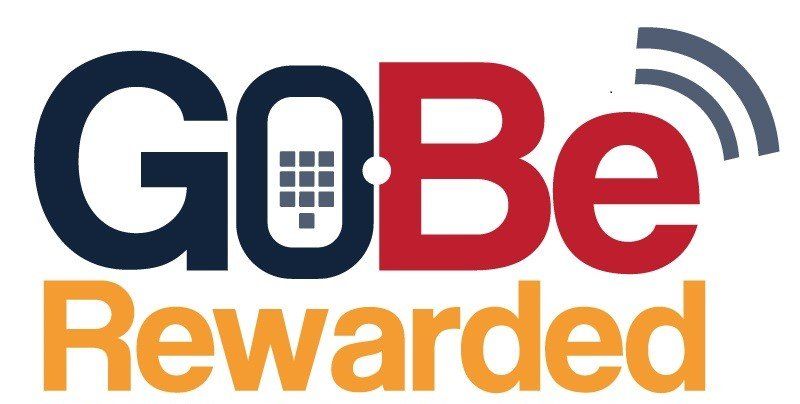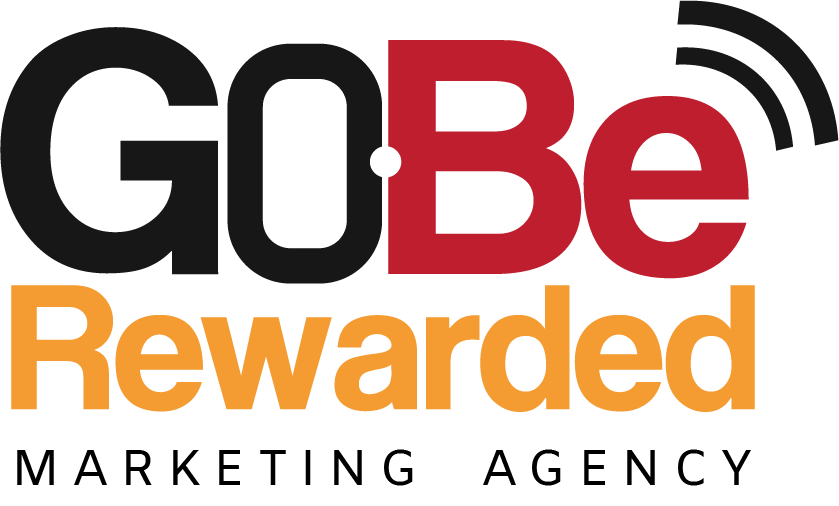GoBeRewarded social media coordinator JP Huckins featured in SD Voyager
Huckins honored for passion and skill in artistry and graphic design
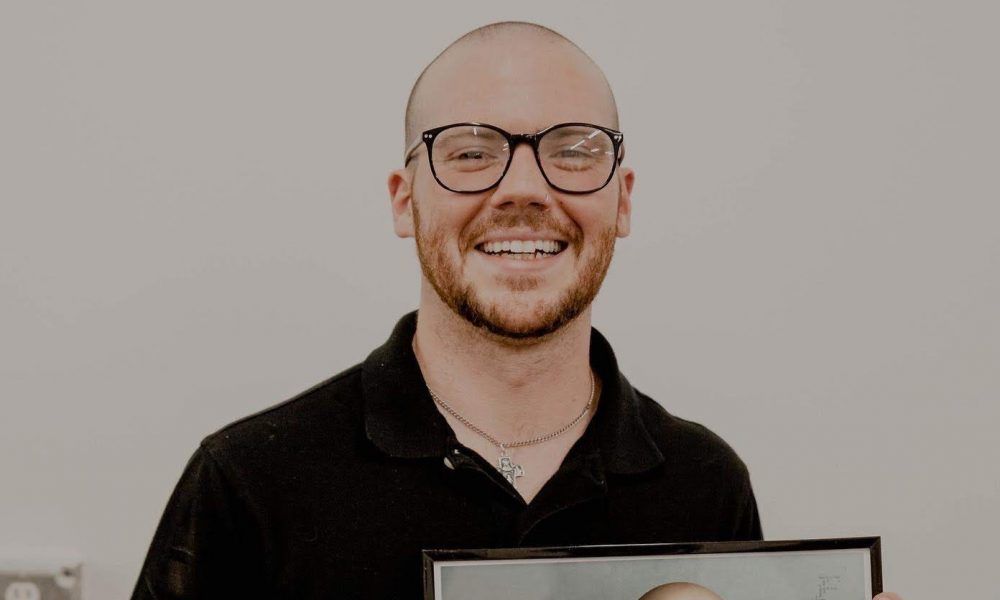
Today we’d like to introduce you to JP Huckins.
Hi JP, so excited to have you on the platform. So, before we get into questions about your work-life, maybe you can bring our readers up to speed on your story and how you got to where you are today?
I grew up in a little town south of Tahoe and North of Sacramento, called Auburn. I fell in love with design at the young age of 11 and spent a lot of my time in Photoshop and Windows Movie Maker. After making a decent amount of mistakes in my late teens and early twenties, I finally started to learn some lessons and took the opportunity to apply for higher education. In October of 2016, I left my small hometown and moved to Escondido to attend film school. The school was small and I didn’t really fit in. I spent a lot of my time in class just making memes and random art on my computer, and I was slowly losing interest in the film industry. Right before graduation, like literally a quarter before graduation, I switched my major to non-emphasis. The film just wasn’t the direction I wanted to go. One of my friends mentioned I should start charging for my photoshop skills about a week before graduation. December 2019 and I’m officially graduated and living off-campus with some fellow graduates. I’m working at a local restaurant to pay the bills and marketing my graphic design skills in my free time. I would get a client maybe once a month for a logo, or an intro graphic for a YouTube channel. Small fry stuff, but I was loving it. Enter 2020 lockdown. My lease ended in the middle of the summer and no one was taking new lease applicants on a freelance graphic design salary. I was broken and didn’t have a place to live. After a couple stressful weeks of searching for any living situation in my budget, I finally accepted I’d have to leave the beautiful SD area and head back up North to my family. My brother offered me a little camp trailer on his property for $250 a month and I couldn’t pass. So August of 2020, I packed everything I owned into my Nissan Versa and made the move to Sacramento. I was depressed about having to leave my literal dream location and all the friends and artists I had met only to end up back where I was 4 years prior: jobless, in debt, borderline homeless. Upon arriving, I took a step back and looked at my options: Option A. Get a day job at a restaurant and make a minimum wage living until I save enough to move back down to SD. Option B. Take the opportunity of super cheap cost of living (rent was only $250) to really try and get my freelance graphic design business off the ground. Against all voices of reason and logic, I chose Option B. I knew if this was going to work, I would have to really be marketing myself like never before. I needed a routine. I woke up every morning at 6 am, ate breakfast, and headed to the gym. After the gym, I’d meet my mother at morning mass, and then spend the rest of the day at a local coffee shop. (Shoutout to Missions Coffee in Auburn). I would start with scouring Indeed and LinkedIn for any and all graphic design jobs, and apply to everything even remotely close to what my skill set was. Then, after I submitted at least 5 applications, I would open Photoshop and Illustrator and just start creating. My goal for the first month of 2021 was to get out an art piece a day. If someone asked to see my portfolio, I wanted to have a bunch of art to send them. After I finished whatever art piece I started, I would then go to YouTube and look up tutorials on how to get better at photoshop, graphic design, different color theory techniques, motion graphic techniques, and even started learning 3D modeling with Blender. After a few weeks of doing this, I started getting commission requests and work for hire jobs. Maybe one or two per month. $100 here, $500 there, it was rough, but I had a roof over my head, a mini-fridge full of lunch meat for sandwiches, and a positive attitude. I wasn’t wealthy, but that wasn’t the point, I was successfully living off of my art. I started to get better at the art that I was creating. The consistency in creating made me better at the software I was using, the willingness to learn was giving me new techniques to use in the commissions I was hired for. There’s something to be said for seeking the harder choice and really struggling with it. Really not taking no for an answer. It wasn’t glamorous to come home to a camp trailer at the end of the day. I was literally showering at the gym because my trailer didn’t have hot water. But I was so happy that I wasn’t waking up to go be an employee for someone else’s business. I was my own boss!
Jump forward to June 2021. Almost a whole year after moving from SD. I had saved enough money for a trip back down to visit my friends who were still living down there. While down there I mentioned to a friend, that I was still totally open to moving back down, I just needed to find a job in the Graphic Design industry. Yeah, I was making money with the freelance gig, but remember, I was paying a fraction of real-world rent cost. A couple weeks later and my friend calls me back, “there’s a position opening at the marketing agency I’m working at, send in your resume!” I hopped on that so fast. Flew back down for the interview and got the job. I really believe I wouldn’t have gotten that job if I didn’t have the portfolio and understanding from the lessons I learned while being freelance. If I had just worked a day job instead of really pushing my career, I don’t think I would have been looked at twice. I think the year of being my own boss, being my own accountability partner, and not taking the easy road was really invaluable. It showed me that whatever I want, I can have if I’m willing to put in the work and lose a little sleep. Now I’m living back down in SD, working at a company that literally just won the Best Place to Work award from the Carlsbad Chamber of Commerce. And when I get off work, I sit down at my computer and start working on the commissions I have for my Graphic Design business, which has been growing steadily with at least 2 clients per month for the past 5 months. I’m not where I want to be, but I’m a damn sight closer than where I was a year ago. I can chalk that up to a lot of work, the best support group, and a loving family behind me.
Would you say it’s been a smooth road, and if not, what are some of the biggest challenges you’ve faced along the way?
Ah, I love this question. It’s all a matter of perspective, right? Like, yeah, I had difficulties, but they were never something that couldn’t be solved, or they were an opportunity to learn. In the moment, obstacles can be super frustrating; a client not paying on time, a client wanting unlimited revisions on a work, or having to choose between food and gas cause I’m waiting for the Venmo to transfer to my bank account. These are all trivial things that in the moment look like mountains. I even looked at having to move to Sacramento as a huge obstacle, but really it was that move that gave me the opportunity to focus on my future. I guess what I’m trying to say is that every obstacle is the opportunity to look at your situation from a different perspective. But that’s the difference between being motivated and being driven; motivation comes and goes. If you only create when you feel like it, you’re less likely to be able to create when asked to. And that’s my whole business model! When a client asks me for some creative work, I need to be able to not only deliver great work but deliver it on time. So, if I had free time, and I didn’t want to practice drawing, or I didn’t want to hop in photoshop and mock something up, those were the times I forced myself to do it anyway. Being creative on demand isn’t a talent, it’s not something that people are born with, it’s a skill that’s developed through self-denial and determination.
Leave the phone out of the bathroom, and bring a sketchbook and a pencil every time you take a shit, all of the sudden after a week, you have that many more minutes of drawing done.
It’s 9 pm and you just finished your dinner, you usually go to sleep at 10 or 11 pm, that can be two hours of Netflix, or Instagram, or TikTok; instead, go watch tutorials on YouTube, learn something today that you can put into practice tomorrow. It’s like second nature for me to just open YouTube while I’m eating a meal and just pull up Photoshop or Aftereffects tutorials. Maybe only 10% of the tutorial sticks with me, but that’s more than none! (I’m an ENFP so I think I have adequately avoided answering this question in the most amount of words possible).
As you know, we’re big fans of you and your work. For our readers who might not be as familiar what can you tell them about what you do?
My main services range from Album art for musicians to animated overlays for twitch streamers to logo design for new companies. I specialize in photo collage/photo manipulation with some motion graphics knowledge. I think what sets me apart from others is my desire to learn, and I don’t mean in the classroom sense. I am constantly trying to outdo myself, teach myself new techniques and styles, learn new mediums, etc. This of course is transferred directly to the end product I deliver to my clients. And as I learn new things, I’m constantly reaching out to my past clients letting them know that “I learned this new software or this new animation style and I would love to apply it to your business!” Also, I’m like 93% extroverted, so I really like people. I don’t think I have worked with a client that hasn’t turned into more of a friendship than a business transaction. I’m just in love with the creation process and solving people’s problems with my art is super satisfying and literally makes me happy.
Are there any important lessons you’ve learned that you can share with us?
Seek discomfort. The dichotomy between comfort and discomfort is honestly the wildest riddle I’ve ever come across. As humans, we’re constantly seeking peace and joy throughout the turmoil of life. But I found in seeking discomfort, in actively choosing the less comfortable thing, I was preparing myself to deal with difficult situations in positive way. By choosing to be uncomfortable in your daily life, whether you pick up a brutal workout routine, or just cut out coffee for one day a week, or no screen time after dinner on Wednesdays, whatever you choose, when you run into difficult situations down the road, you are more comfortable and can handle them with a grace that you normally wouldn’t be able to had you constantly sought the comfortable path. It’s sucky at first, but even the smallest of self-denials will train you to be able to handle bigger and bigger obstacles down the road.
The obstacles in life will always be there, what are we doing to prepare ourselves for when we run into them?
Pricing:
- Logo Design: $1000+
- Album Art: $1000+
- Motion Graphics: $500+
- Emote/Icon design: $30-70
- Sticker/Merch design: $100-$300
Contact Info:
- Instagram: huckinsjohnnyp
- Facebook: https://www.facebook.com/HuckinsjohnnyP


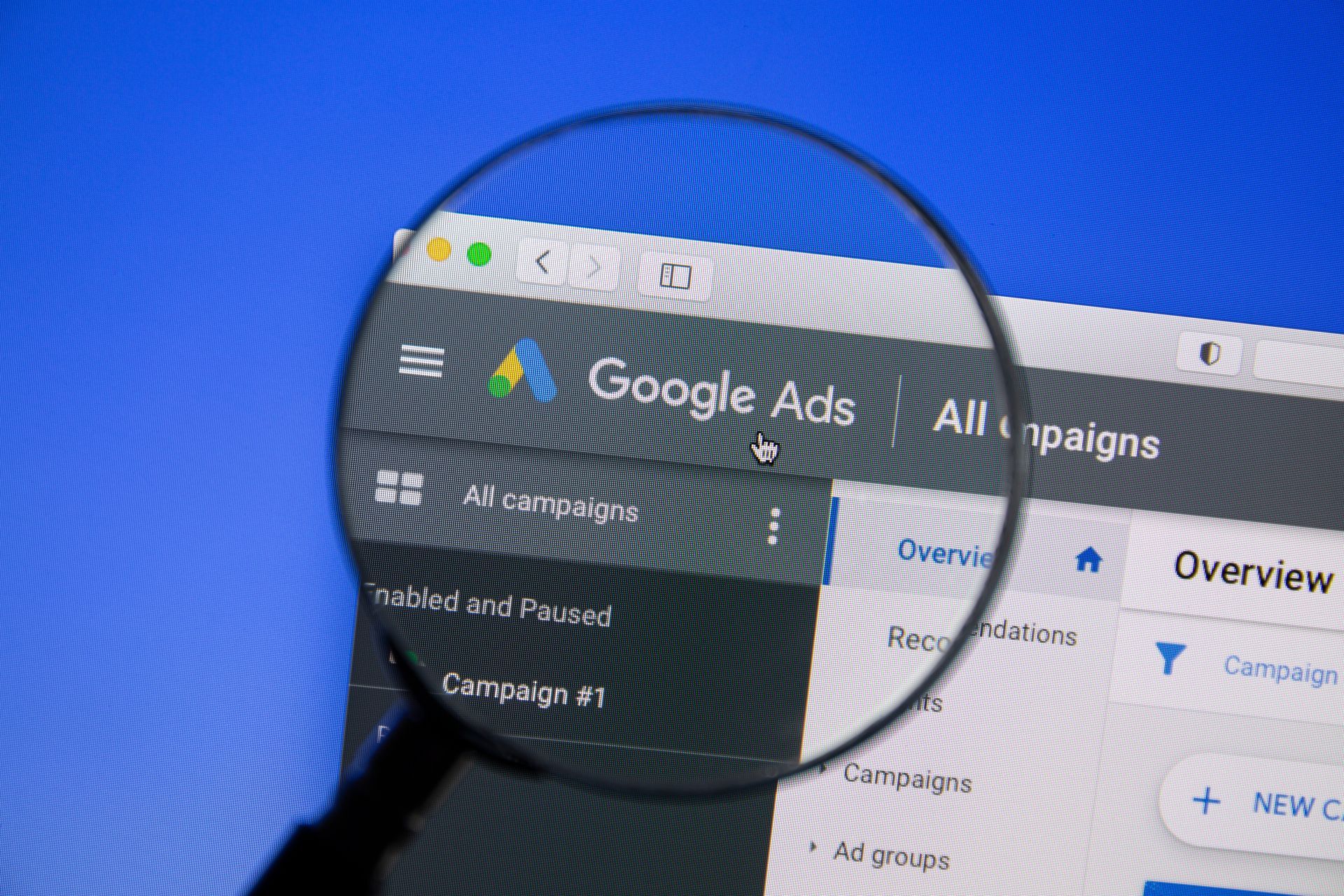
All Rights Reserved | GoBeRewarded, Inc.
